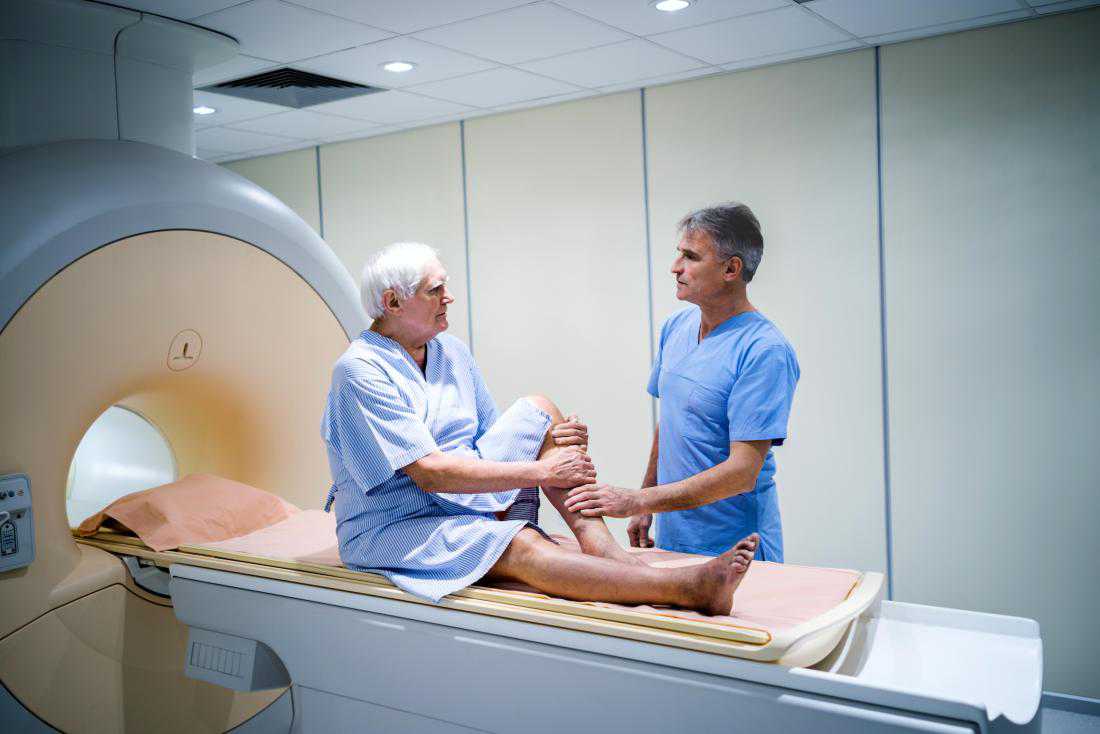Atherosclerosis: Scans spot inflammation in arteries before they harden
27 March, 2019

By the time plaques have formed in arteries, the process of atherosclerosis, a condition that can lead to heart attacks and strokes, is already well underway. Now, by using advanced imaging technology to spot artery inflammation, scientists have for the first time found a way to track the condition before the plaques develop.
The finding, which appears in a recent Journal of the American College of Cardiology paper, should lead to better, earlier diagnosis and treatment of atherosclerosis, say the study's researchers, who work at the Centro Nacional de Investigaciones Cardiovasculares (CNIC) in Spain.
Although scientists now understand atherosclerosis to be a persistent, inflammatory disease, it is not clear how much inflammation exists, and how it develops, in the early stages of the condition.
The recent study addresses this shortfall by using an advanced form of positron emission tomography/magnetic resonance imaging (PET/MRI) to detect the beginnings of artery inflammation in people who already had some atherosclerotic plaques in some of their arteries.
The study is part of the Progression of Early Subclinical Atherosclerosis (PESA) trial that is evaluating the pre-symptom stages of atherosclerosis in more than 4,000 middle-aged employees of the Banco de Santander Group in Madrid, Spain.
Study author Dr. Valentín Fuster, director of the CNIC, is the lead investigator of the PESA trial, which is the first to use PET/MRI techniques on such a large cohort of people.
He explains that it was not very long ago that all the knowledge of how atherosclerosis developed came only from autopsies.
"Today for the first time," he adds, "we present, with very advanced imaging technology, how atherosclerotic disease develops in people."
He remarks that while the individuals may appear to be healthy, "we can already see how different aspects of the atherosclerotic process are evolving."
Arteries and atherosclerosis
Arteries are the vessels that carry nutrient- and oxygen-rich blood to the heart and the rest of the body.
Atherosclerosis happens when fat, calcium, cholesterol, and other materials deposit inside artery walls to form plaques. The plaques can build up inside any artery, including those that carry blood to the heart, brain, limbs, kidneys, and pelvic area.
As time goes on, the plaques harden. Hardening plaques stiffen and narrow the arteries, reducing blood flow and the supply of oxygen and nutrients to cells and tissues.
This process can lead to potentially fatal cardiovascular consequences, such as heart disease, heart attack, and stroke.
According to figures that the American Heart Association help to compile, heart disease, stroke, and other cardiovascular conditions were the "underlying cause" of 840,678 deaths in the United States in 2016, accounting for around 1 in 3 deaths in the U.S. that year.
"We are talking about the number one killer today in the world," says Dr. Fuster.
TAG(s):
